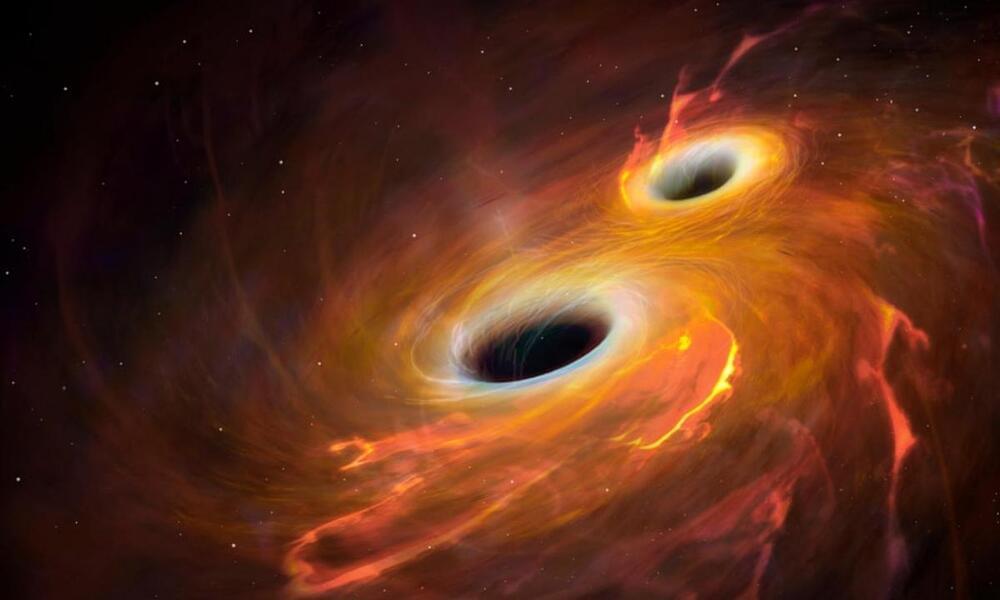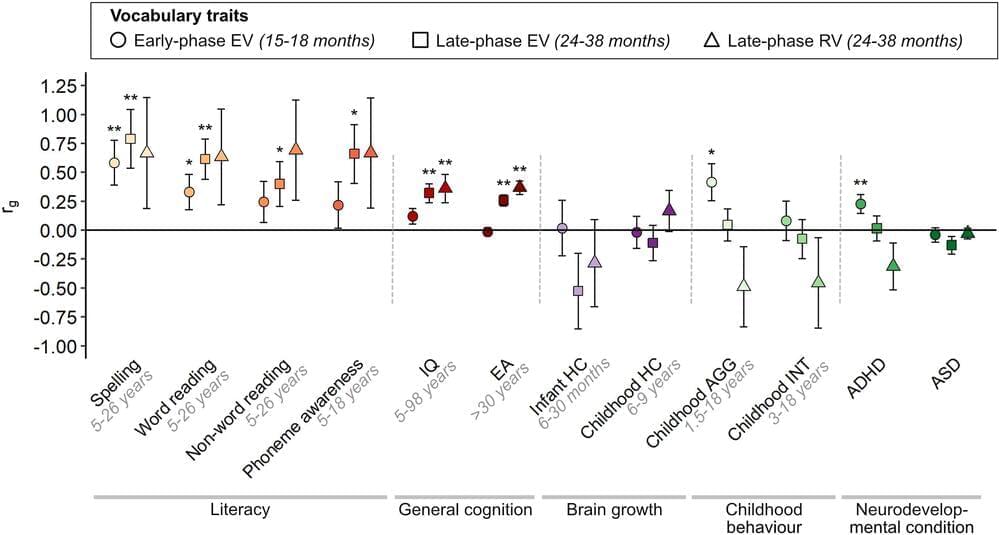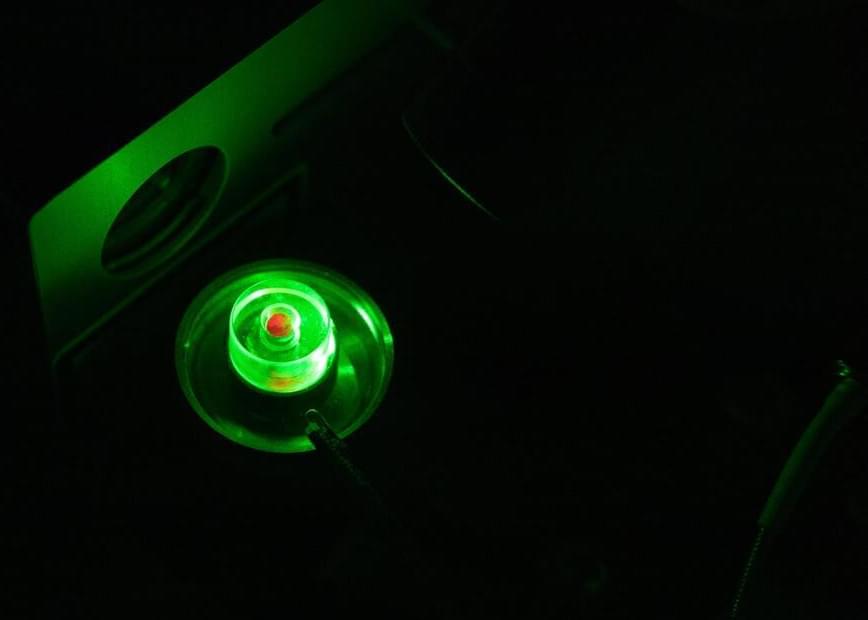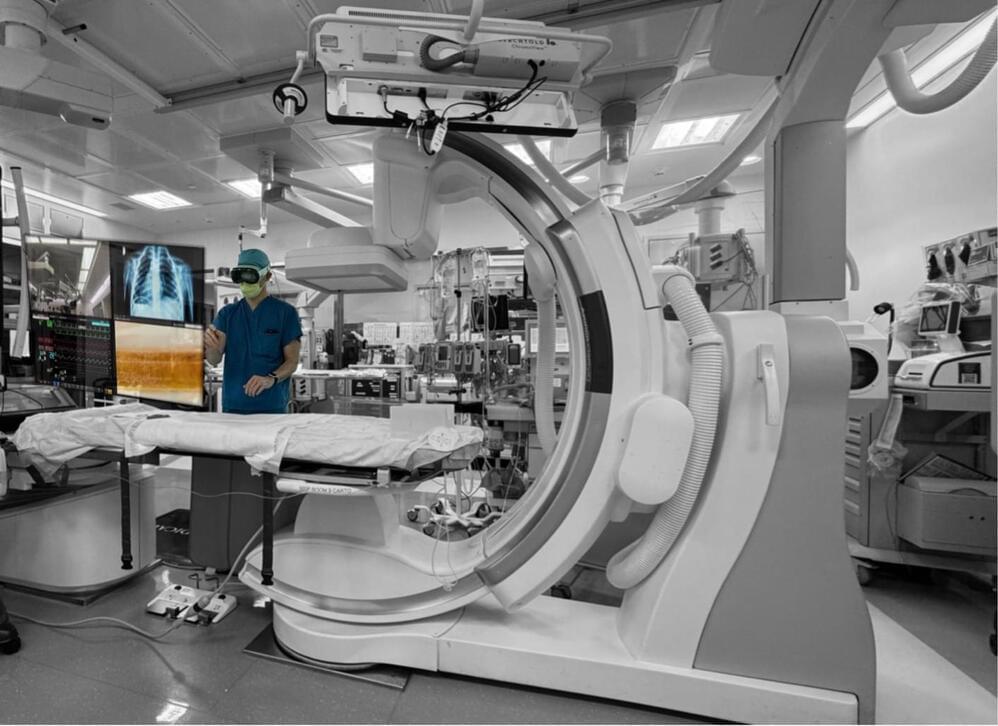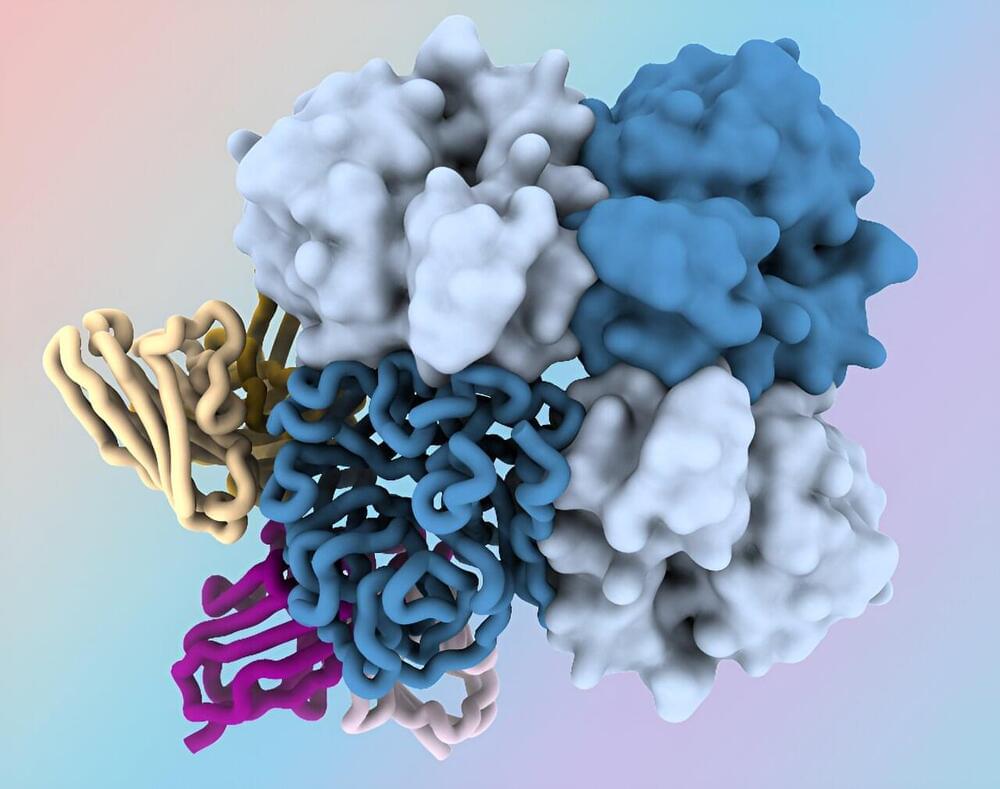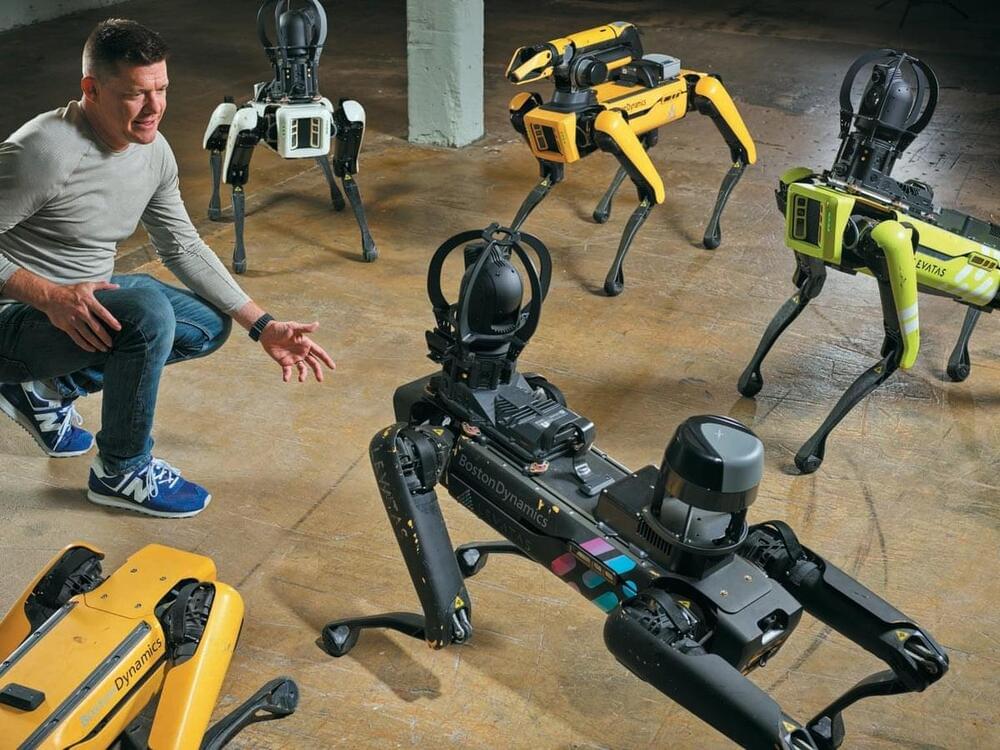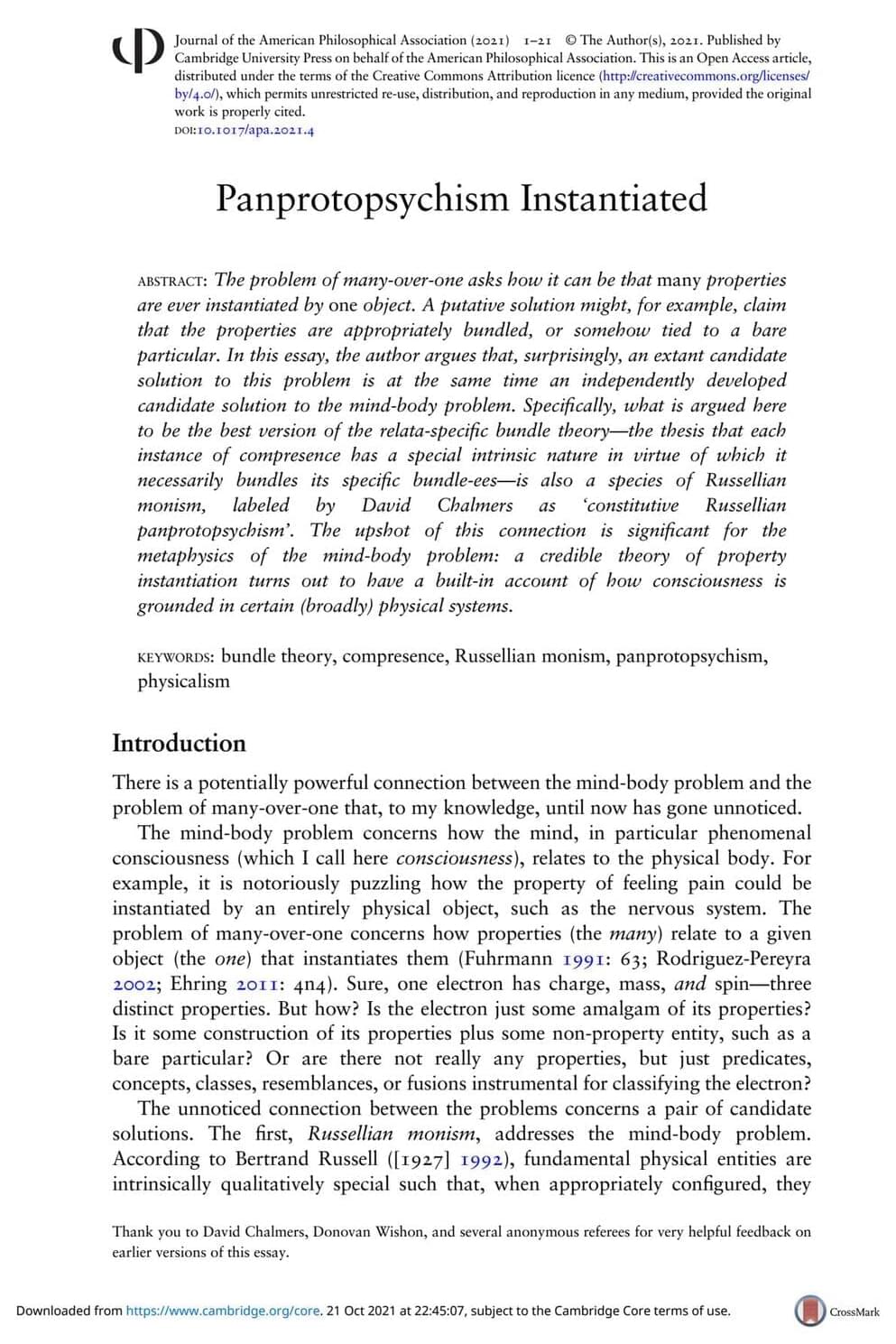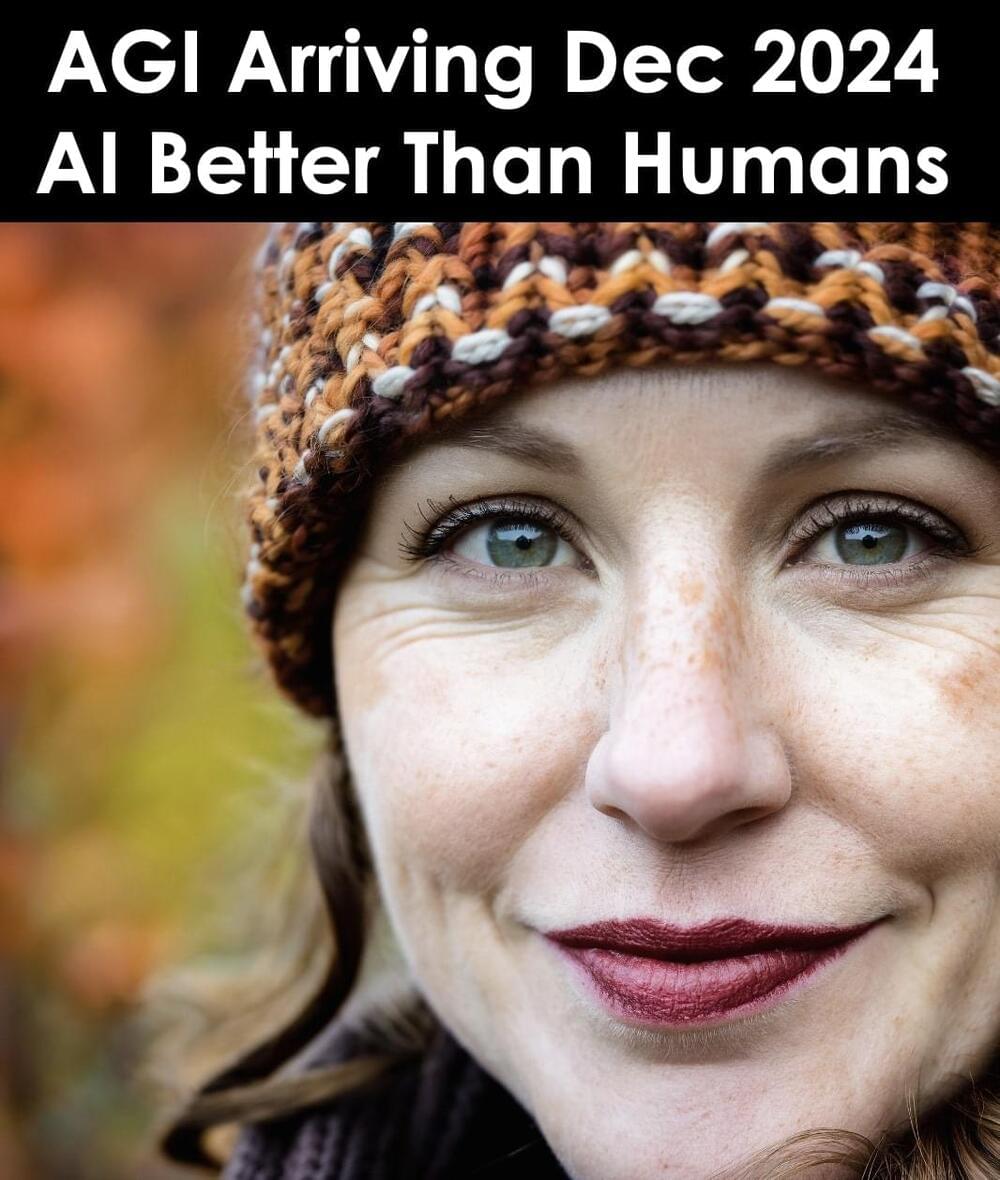Mar 1, 2024
New discoveries in gravitational waves unlocked the secrets of the universe
Posted by Shubham Ghosh Roy in category: particle physics
A groundbreaking body of work led by Monash University physicists has opened a new pathway for understanding the universe’s fundamental physics.
The work, featured in an international review published in Progress in Particle and Nuclear Physics, follows nearly a decade of work by scientists at the School of Physics and Astronomy in the Faculty of Science at Monash University.
Gravitational waves have only recently been detected for the first time, offering an exciting opportunity to delve into the mysteries of particle physics through first-order phase transitions (FOPTs) in the early cosmos.
